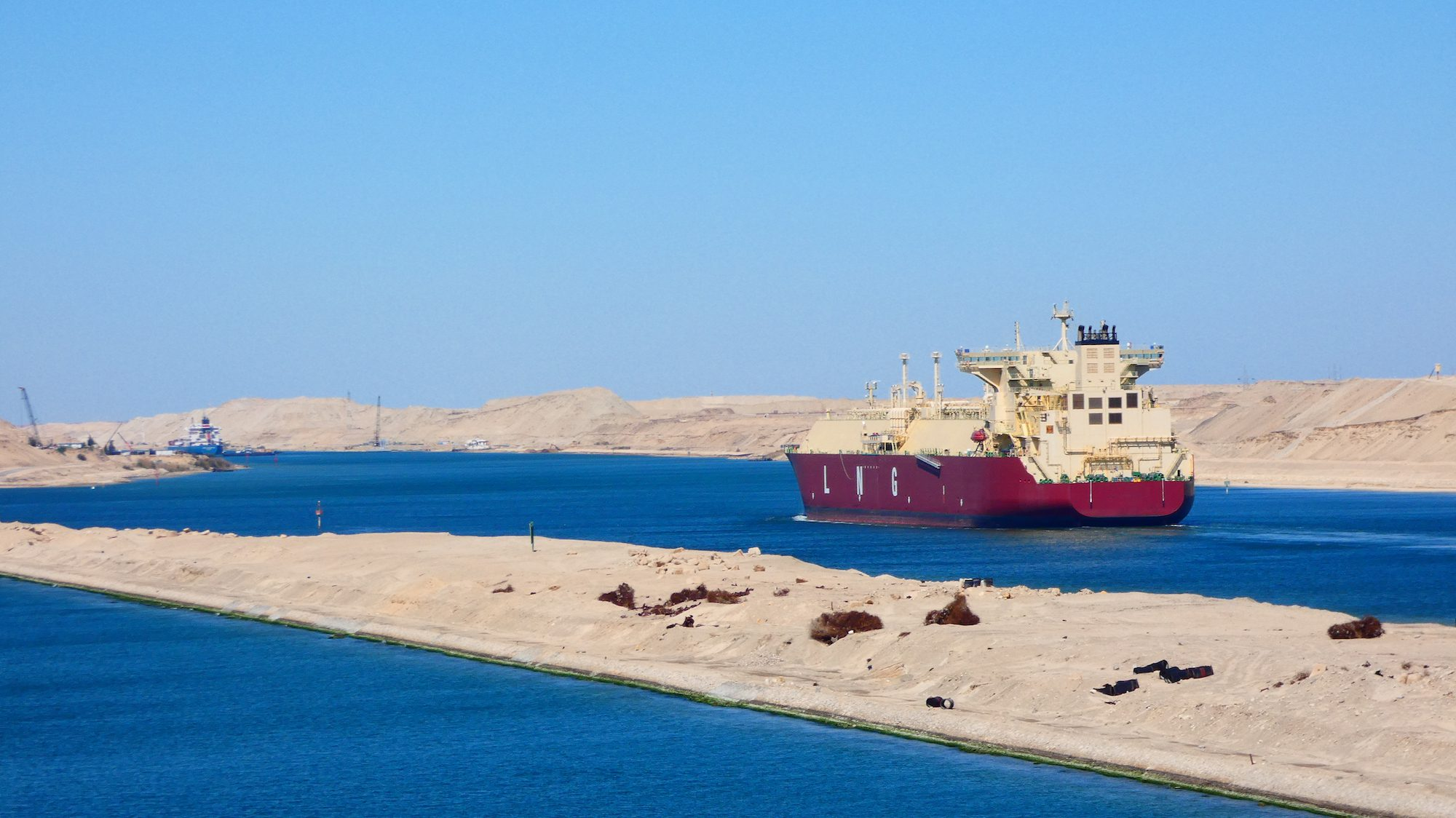Liquefied natural gas (LNG) producers have been avoiding the Red Sea route for most of 2024 due to ongoing attacks by Yemen’s Houthi militants. However, this may be changing. In five months, the first LNG carrier has successfully passed through the Bab-el-Mandeb Strait, a strategic point at the southern end of the Red Sea.

On the evening of February 8, the LNG carrier Salalah LNG, with a capacity of 148,173 cubic meters, successfully passed through the Bab-el-Mandeb Strait. According to the ship’s Automatic Identification System (AIS), the ship’s destination is currently unknown. The Omani vessel set sail on February 5 from the Qalhat LNG terminal in Oman. Managed by the Oman Ship Management Company and flying the Panamanian flag, the vessel became the first non-Russian trading vessel to pass through the Bab-el-Mandeb Strait in more than a year.
Recently, the Houthi movement in Yemen announced an end to attacks on non-Israeli vessels as Israel and Hamas reached a ceasefire agreement. In addition, the Houthis released the 25 crew members of the car carrier Galaxy Leader, which had been held for over a year.
Before the Salalah LNG, the last LNG carrier to cross the Red Sea was the vessel “Pioneer” in Russian Shadow Fleet at the end of September 2024. Earlier, in June 2024, another Russian-related LNG carrier, the “Asya Energy” (now renamed “East Energy”), passed through the same waters. It is worth noting that both vessels are on the U.S. sanctions list for loading cargoes in the sanctioned Arctic LNG 2 program.
Despite the easing of the Houthi threat, shipowners remain cautious. Several shipping companies, including Maersk and Hapag-Lloyd, have said they will continue to avoid Red Sea routes for now. Shipping traffic in the Red Sea has fallen by 60 percent since the end of 2023, during which time nearly 150 ships have been attacked.
Earlier this week, the tanker Chrysalis, which was attacked by the Houthis in July 2024, became the first tanker to pass through the Red Sea and the Suez Canal since the Houthis announced an end to attacks. The Suez Canal Authority said that the resumption of the tanker’s passage marks the gradual restoration of stability in the region. Data show that oil transportation through the Red Sea has fallen sharply from 8.7 million barrels per day in 2023 to 4 million barrels per day in 2024, a drop of more than 50 percent.
Over the past 14 months, almost all regional and global LNG shipments have opted to bypass the Cape of Good Hope at the southern tip of Africa. At the same time, Russia has used its Arctic Northern Sea Route to send several LNG carriers through this shortcut connecting Europe and Asia during the ice-free summer months.
In September 2024, Gazprom set sail from the Portovaya LNG plant near St. Petersburg on the Baltic Sea, dispatching the 170,471-cubic-meter LNG carrier “Pskov” to China. Instability in the Red Sea has also prompted a number of container ship operators to try to pass through Arctic waters, including several Panamax containerships. In addition, a number of Aframax and Suezmax tankers have also successfully crossed the Arctic route.
As the situation in the Red Sea gradually eases, the global shipping industry is closely monitoring the recovery of this key waterway with a view to reassessing routing options and restoring normal international trade flows.


